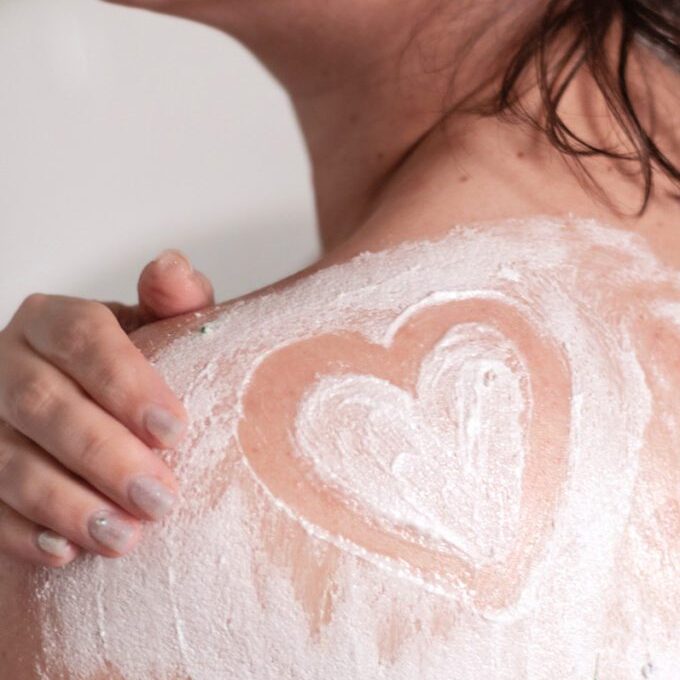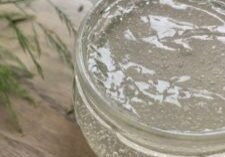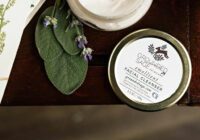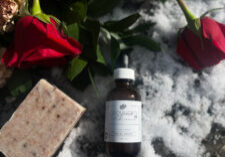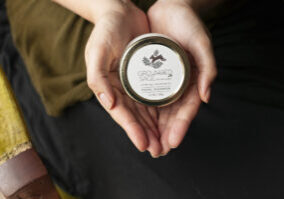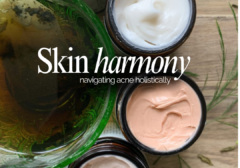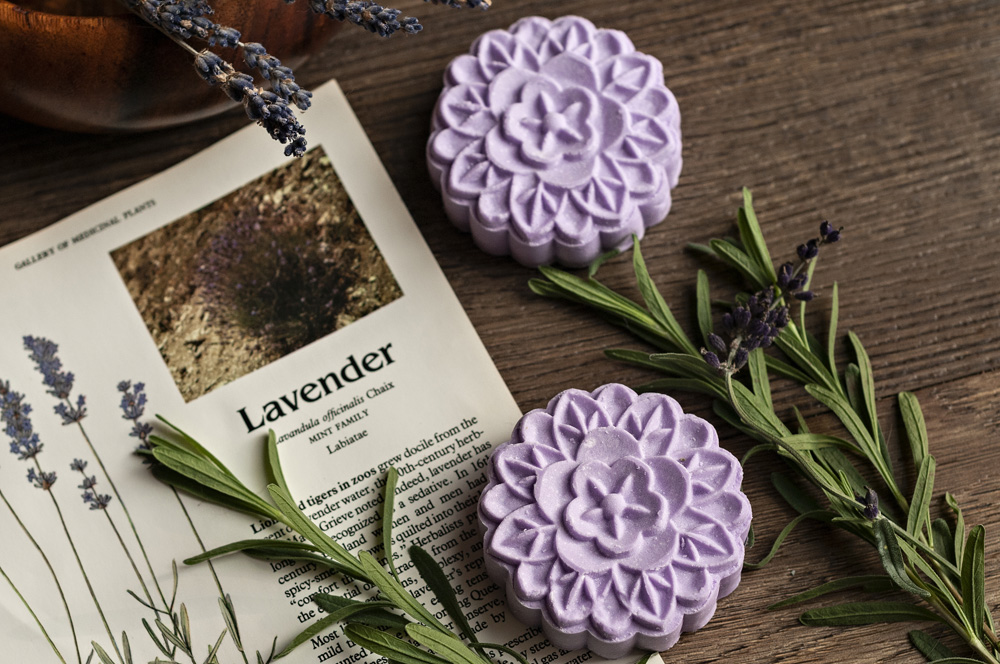How Often Should I Exfoliate If I Have Sensitive Skin?
Exfoliation is one of those skincare steps that seems simple—until your skin flares up, gets flaky, or feels raw. If you have sensitive skin, you’ve probably asked yourself: “How often should I exfoliate?” Or even: “Should I exfoliate at all?”
The truth is, exfoliation can be incredibly beneficial for sensitive skin—but only when it’s done gently, intentionally, and with the right method. Let’s explore what exfoliation really means, how it affects sensitive skin, and how to find your sweet spot between just enough and too much.
•·················•·················•. •·················•·················• •·················•·················• •·················•·················•
So What Does Exfoliation Do, Exactly?
Exfoliation is the process of removing dead skin cells from the surface of your skin. When done right, it can:
- Brighten dull skin
- Prevent clogged pores and breakouts
- Improve absorption of other skincare products
- Support a healthy skin barrier by keeping turnover balanced
But when done too often or too aggressively, especially with sensitive skin, exfoliation can damage your skin’s protective barrier and lead to:
- Redness
- Irritation
- Dry patches
- Increased sensitivity and inflammation
Types of Exfoliation: What’s the Difference?
There are three main types of exfoliation, and knowing the difference matters a lot when you’re dealing with sensitive skin.
1. Physical Exfoliation
- Uses texture (scrubs, brushes, tools) to manually buff away dead skin cells.
- Can feel satisfying but is often too harsh for sensitive skin.
- Harsh scrubs can create microtears in delicate skin and worsen redness or irritation.
2. Chemical Exfoliation (Acid-based)
- Uses acids like AHAs (alpha hydroxy acids) or BHAs (beta hydroxy acids) to dissolve dead skin cells.
- Common AHAs: glycolic acid, lactic acid, mandelic acid
- BHAs: salicylic acid (oil-soluble, often used for acne)
While these acids are effective, not all are created equal.
Some, like glycolic acid, penetrate deeply and can be too intense for sensitive skin. Others, like lactic acid or fruit-derived AHAs, are much gentler and better tolerated…Which brings us to our favorite exfoliation method for our the sensitive skinned rebels, enzyme exfoliation.
✨ 3. Enzyme Exfoliation
- Uses natural enzymes like the ones found in our (Congestion Protection Mist & Pure Amore Gel Facial Cleanser) from fruits like pineapple, papaya, and sugar maple to gently digest dead skin cells.
- Enzymes are a wonderful option for sensitive skin, offering exfoliation without disrupting your barrier or triggering inflammation.
- Bonus: They often come paired with hydrating botanicals that keep skin calm and plump.
So… How Often Should You Exfoliate With Fruit Enzymes if You Have Sensitive Skin?
Here’s the science-backed sweet spot:
| Skin Type | Recommended Frequency |
|---|---|
| Very sensitive/reactive skin | Once every 7–10 days with gentle enzymes or low-AHA mist |
| Mild to moderately sensitive skin | 1–2 times per week with fruit enzymes |
| Post-barrier damage recovery | Wait 2+ weeks, focus on hydration and barrier repair first |
The goal is to support your skin’s natural renewal process — not force it.
Remember, slow and steady wins the race.

